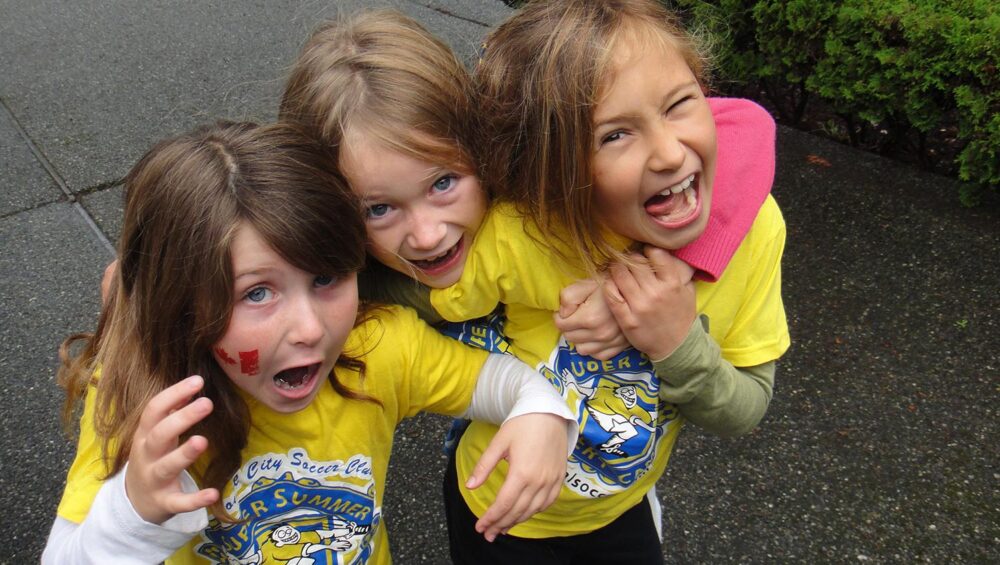Self isolation and social distancing can be a difficult challenge for anyone. Children, however, are especially impacted. Due to the current covid-19 pandemic, social distancing and isolation have become the new norm among households across the country. This can be scary for kids, especially when daily routines and schedules are affected. Explaining the current situation or trying to keep children in a routine of partial normalcy can be a difficult task. Let’s break down some physical and mental exercises to help make each day more manageable.
First and foremost, understanding that every child handles stress differently, and may react to the current crisis differently is important. Some children may only require some physical distractions or activities, while others may need some mindful practices to help reduce stress or anxieties. Here is a list of ideas to help tackle those obstacles.
Physical activities
Children require a certain level of physical activity in their daily routines. Staying active is a natural mood booster, can help improve self-esteem, and provide some fun during such a scary time. Let’s look at some fun physical activities children can enjoy both on their own or with the family.
Scavenger Hunt
Creating a list of either household items or items you can find outside is a great way to keep children engaged. Not only is this simply a fun activity, but you are encouraging the awareness and focus. A scavenger hunt can be loads of fun, adding an incentive for completing the scavenger hunt can add an extra competitive element. You can also take a scavenger hunt to the paths or trails. Going on a nature walk or hike can be essential during the current state. Getting outside and getting some fresh air will only benefit and adding a scavenger hunt will only encourage getting out and getting active.
Sports at home
This next suggestion is quite simple. As all sporting lessons and events are currently on pause. Maintaining routine using your child’s chosen sport or sports can reassure some normalcy for their routine. Simply grabbing a soccer ball, a hockey stick, a basketball, or whatever sporting equipment is at your disposal and practicing said sport, can keep children involved, dedicated, and active. Watching online classes Is also a great way to stay connected and involved in the sport.
Outside with the family
This next idea is also quite simple. Having a route to travel with the family is a great way to get outside but stay connected with each other. Going on a walk, a run, bike ride, rollerblade, whatever your thing is, can help encourage family time and time outside in the fresh air.
Pavement art
This suggestion requires more artistic interest. Using pavement chalk to make drawings or sidewalk games such as hopscotch can be fun for kids who like to be creative. Drawing or colouring inside is also an option weather permitting, but getting outside and creating a masterpiece is a great way to use their artsy bone and keep them creative.
Playdough or slime party
This next one can get messy…but is loads of fun for children. This is also more of a sensory activity for kids who like to be hands on. There are plenty of homemade slime or playdough recipes online, mostly using finds from your kitchen. Whatever the creation, they can also be kept for later use. Simply place your slime or play dough in a ziplock back or container to pull out later on for more sensory fun.
Dance party
This one is a crowd favourite. Blast some of your child’s favourite tunes, and burst out into a dance party. This is good physical activity but also tons of fun. Dancing it out is a great way to relieve stress and worry as well, dancing out the worry. Shaking it off. Grab your speaker and your killer dance moves and have fun with the family.
Mindful activities
As mentioned before, this can be a scary time for children, especially if they can’t understand the why or the what of It all. Stress and anxiety can be very prevalent during the current pandemic. Practicing positive mental health and mindful exercises can help reduce some of those worries and anxieties.
Talk it out
This first suggestion is a simple as it sounds. Talk. Children understand more than we think. The way they communicate can differ, but a lot of times they are just as able to comprehend things as we are, it may just take some different explaining or language. Talking with your kids about our current situation can reassure them that the dialogue is open if they have any questions or concerns. Worry is a very normal feeling in both adults and children, so keeping the communication open is important for both comprehension but also reducing anxieties.
Talking it out has been known to reduce worries and lift a weight that was once a stressor.
Writing it out
This next one is similar to talking it out. Writing it out is a good way for children to release their feelings onto something concrete. To physically see their worries or concerns on paper. You can also turn it into a positive. Writing out goals or plans for when things get back to normal can give children something to look forward to. Having a worry journal can encourage the release of anxieties. Giving children the idea that when they write it
down, it is now released onto paper. They are placing the worry elsewhere.
Yoga for kids
Yoga is a great way for all ages to practice mindfulness and meditation. There are plenty of online resources or videos guiding children through yoga. Grab a mat and set up a computer, phone, or even guided instruction by a parent. It’s a good way to stretch and meditate all together.
Reading or colouring
This next suggestion is a great way to distract and escape worry. Having children focus on a book helps them escape their reality for a brief moment. Reading books can have a great effect on mental health, exploring other worlds and stories, practicing imagery and imagination. Creating their own world to distract from their current one. Colouring is also a great way to encourage focus and creativity, keeping a quite part of the house available
for your kids to read or draw or write is a positive way to wind down, stay calm and explore their imagination.
Staying both mentally and physically active during this time is crucial for children who may be experiencing stress due to a change in routine. School is out, they are isolated, and filled with questions. Using these suggestions can help ensure staying busy, staying active, and staying engaged with themselves and their families.
With that being said, here at the Royal City Soccer Club, we hope everyone is staying safe, staying healthy, and remaining calm and positive. We send our thoughts out to the families effected by Covid-19 and encourage you to stay active and engaged in whatever you can. As a community we will get through this.


